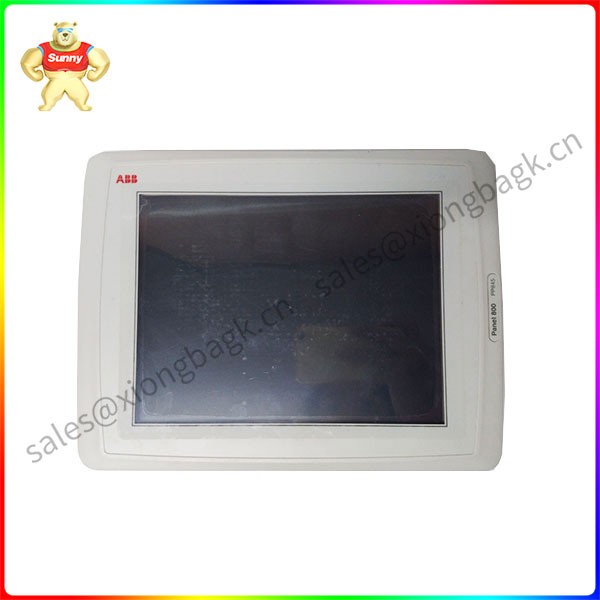Recently, The fourth TE AI Cup global competition sponsored by the global industry technology leader TE Connectivity (hereinafter referred to as “TE”) successfully concluded, and the Work Hard and Work Hard team from Shanghai University and The One team from Soochow University won the prize. TE AI Cup aims to accelerate the application of AI technology in manufacturing and engineering, drive sustainable development of the industry, and help develop the next generation of outstanding engineering talent. The competition attracted more than 200 engineering students from 25 universities around the world.
Launched in 2018, TE AI Cup has become a global platform for engineering students to apply innovative AI technologies to solve real industry challenges. Teams are invited to TE factories to learn about the practical challenges they face in the production process. Student teams develop solutions with the support of TE engineers and university mentors; And the ability to verify and adjust the solution in the TE factory.

It is worth mentioning that the teams entering the final of this competition have excellent performance in energy conservation and emission reduction, especially the Shanghai University team that won the prize.
They worked with TE engineers to design an AI analysis system that solves the problem of frequent manual adjustment of inspection parameters when the industry uses AI visual inspection to control product quality. This system can automatically adjust the detection parameters according to the input image; In addition, when the preset parameters are set incorrectly, the correct adjustment suggestions are provided in time. This innovative solution is expected to reduce inspection time by 81 percent and achieve a 90 percent reduction in product scrap, effectively reducing resource waste and improving production efficiency.
Currently, the system has more than 70 deployment opportunities in the test plant alone, and the additive effect can be considerable.
 中文版
中文版




